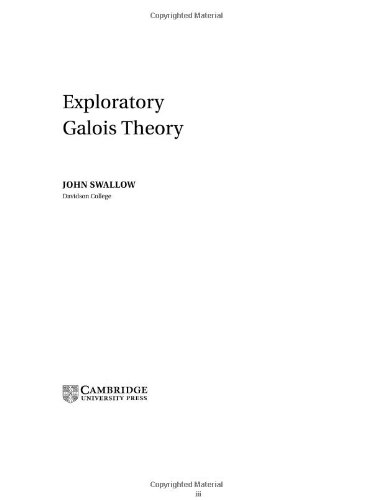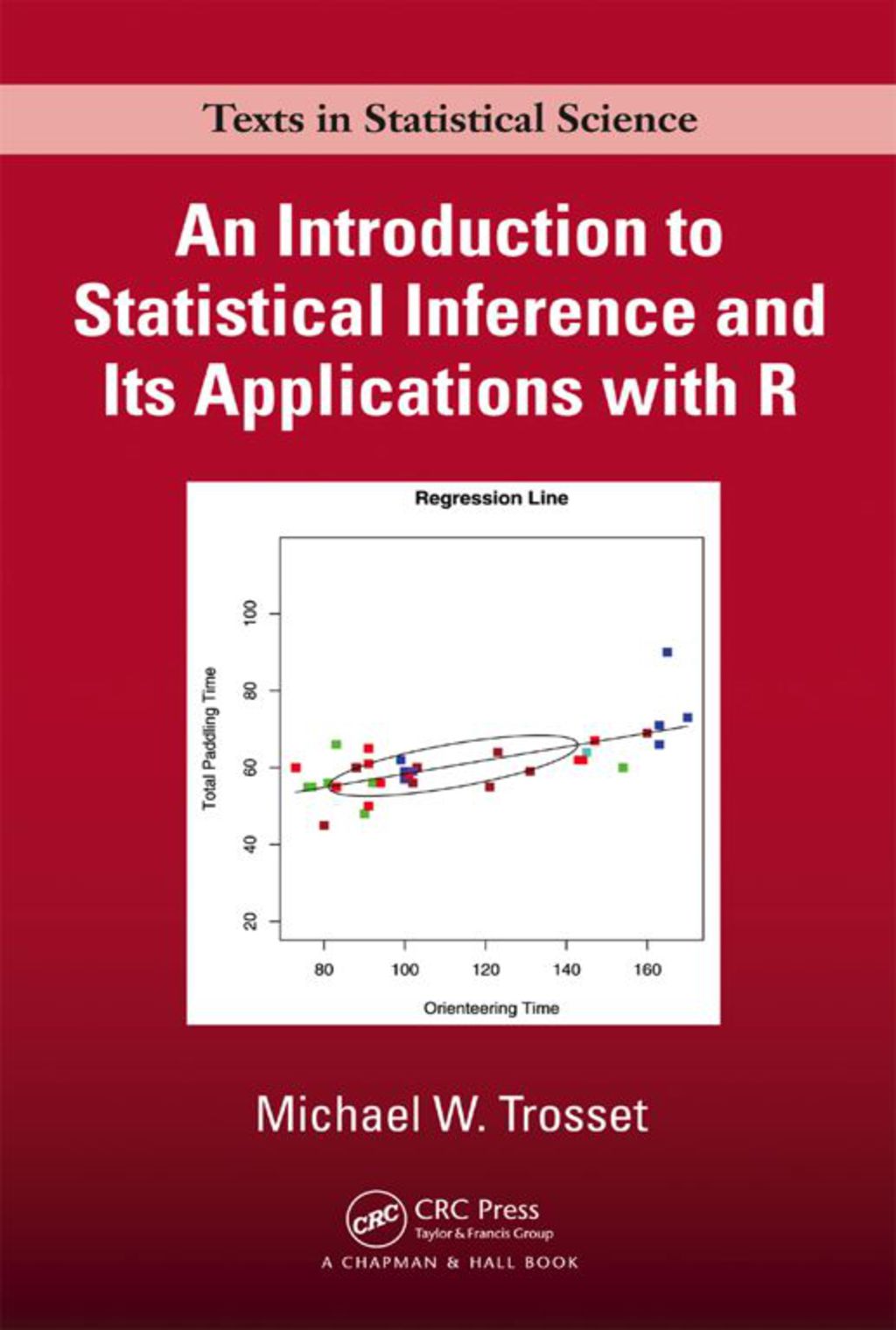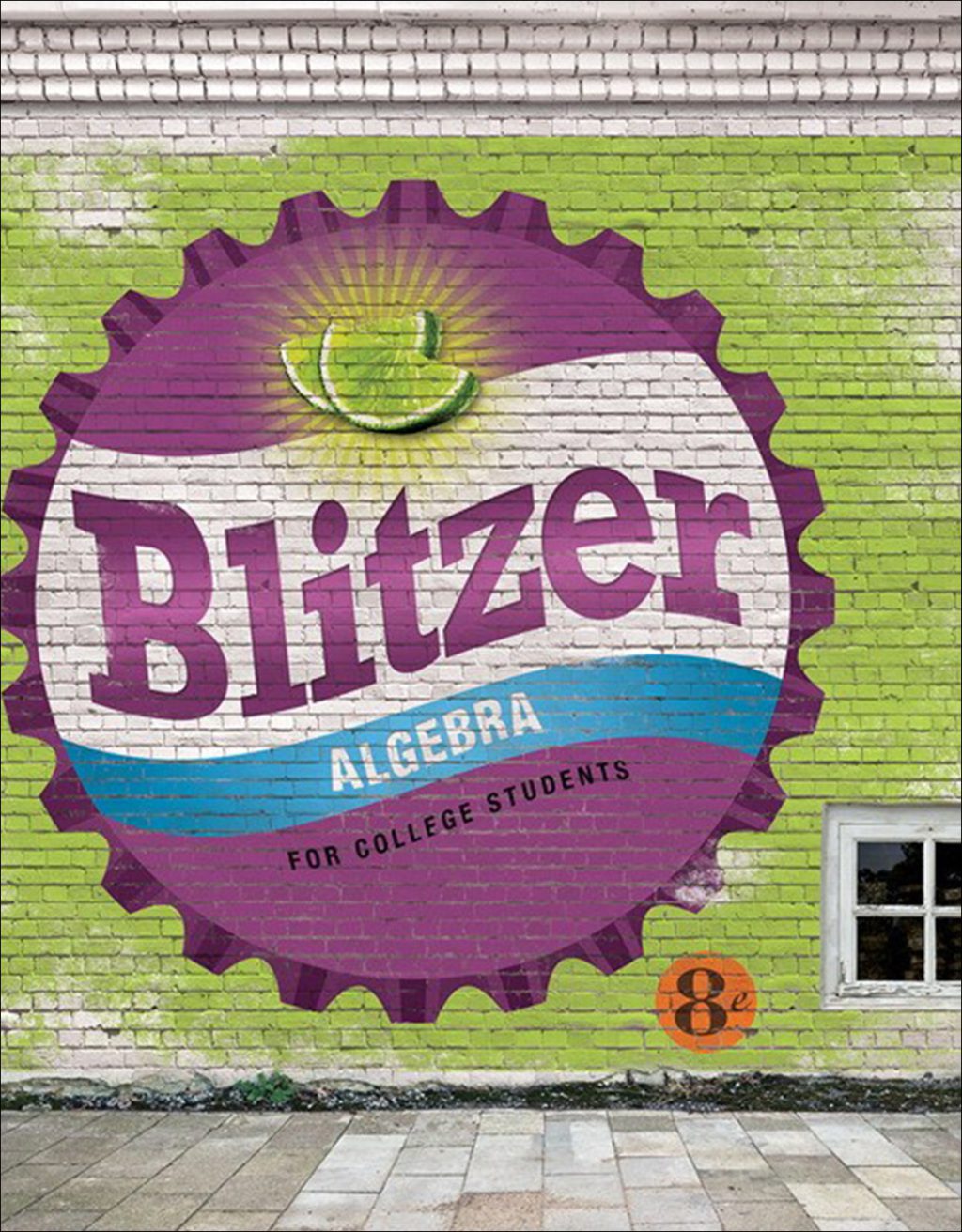John Swallow9780521836500, 0521836506, 0521544998
Table of contents :
Cover……Page 1
Half-title……Page 3
Title……Page 5
Copyright……Page 6
Dedication……Page 7
Contents……Page 9
Preface……Page 11
Introduction……Page 15
1. Polynomials, Polynomial Rings, Factorization, and Roots in C……Page 19
2.1. Approximating Roots……Page 26
2.2. Factoring Polynomials over Q……Page 27
2.4. Executing the Euclidean Algorithm over Q……Page 28
3. Ring Homomorphisms, Fields, Monomorphisms, and Automorphisms……Page 29
4. Groups, Permutations, and Permutation Actions……Page 31
5. Exercises……Page 32
6. The Property of Being Algebraic……Page 36
7. Minimal Polynomials……Page 37
8. The Field Generated by an Algebraic Number……Page 39
8.1. Rings and Vector Spaces Associated to an Algebraic Number……Page 40
8.2. The Ring Is a Field……Page 43
8.3. These Fields Are Isomorphic to Quotients of Polynomial Rings……Page 46
9. Reduced Forms in Q(α): Maple and Mathematica……Page 47
10. Exercises……Page 49
11.1. A Polynomial of Degree n Has at Most n Roots in Any Field Extension……Page 53
11.2. A Polynomial of Degree n Factors into n Linear Factors over C……Page 54
12. Which Algebraic Numbers Generate a Generated Field?……Page 56
12.1. Degrees of Minimal Polynomials of Algebraic Numbers Generating a Given Field……Page 57
12.2. If an Algebraic Number Generates a Field, So Do Its Affine Translations……Page 58
12.3. Degrees of Minimal Polynomials Divide the Dimension of an Enclosing Field……Page 59
12.4. The Set of Algebraic Numbers Is Closed Under Field Operations……Page 62
13. Exercise Set 1……Page 63
14. Computation in Algebraic Number Fields: Maple and Mathematica……Page 65
14.1. Declaring a Field……Page 66
14.2. Reduced Forms……Page 68
14.3. Factoring Polynomials over a Field……Page 69
14.5. The Euclidean Algorithm and Inverses……Page 70
14.6. Representing Algebraic Numbers and Finding Minimal Polynomials and Factors……Page 71
14.7. Reduced Forms over Subfields……Page 73
15. Exercise Set 2……Page 75
16. Fields Generated by Several Algebraic Numbers……Page 77
16.1. Generation by Two Algebraic Numbers Is Generation by One……Page 78
16.2. From Multiply Generated Extensions to Multivariate Polynomial Rings……Page 80
16.3. Fields Generated by a Finite Number of Algebraic Numbers Are Quotients of Polynomial Rings……Page 82
16.4. Splitting Fields……Page 85
17. Characterizing Isomorphisms between Fields: Three Cubic Examples……Page 86
18.1. Conditions for Isomorphisms from Multiply Generated Fields……Page 92
18.2. Isomorphisms of Splitting Fields over Isomorphic Fields……Page 95
19.1. Adjoining Arbitrarily Many Algebraic Numbers Leaves a Field Algebraic……Page 97
19.2. Properties of Characteristic Zero Fields: Simple versus Finite versus Algebraic Extensions……Page 98
20. Exercise Set 1……Page 100
21.1. Declaring a Field……Page 103
21.2. Declaring a Splitting Field……Page 106
21.3. Reduced Forms……Page 107
21.5. The Division Algorithm and Reduced Forms……Page 108
21.6. The Euclidean Algorithm and Inverses……Page 109
21.7. Representing Algebraic Numbers and Finding Minimal Polynomials and Factors……Page 110
21.8. Reduced Forms over Subfields……Page 111
21.9. Determining and Applying Automorphisms of Fields……Page 113
22. Exercise Set 2……Page 114
23. Normal Field Extensions and Splitting Fields……Page 117
24.1. Definition and Action……Page 119
24.2. The Order of the Galois Group Is the Dimension of the Field Extension……Page 120
24.3. Subfields Correspond to Subgroups and Vice Versa……Page 121
24.4. Subgroups Correspond to Subfields in a One-to-One Fashion……Page 123
24.5. Normal Subgroups Correspond to Splitting Fields……Page 125
25. Invariant Polynomials, Galois Resolvents, and the Discriminant……Page 129
25.1. Invariant Polynomials and Galois Resolvents……Page 131
25.2. Symmetric Polynomials and Resolvent Coefficients……Page 134
25.3. The Discriminant……Page 139
26. Exercise Set 1……Page 141
27. Distinguishing Numbers, Determining Groups……Page 142
27.1. Resolvent Factorization and Conjugacy……Page 144
27.2. Finding Subfields from Linear Factors……Page 146
27.3. Finding the Galois Group from Linear Factors……Page 149
28.1. The Galois Group, I……Page 151
28.2. Galois Resolvents……Page 155
28.3. The Galois Group, II……Page 157
28.4. Factorization and Resolvents……Page 162
29. Exercise Set 2……Page 163
30. Roots of Unity and Cyclotomic Extensions……Page 166
31. Cyclic Extensions over Fields with Roots of Unity……Page 170
32. Binomial Equations……Page 175
33. Ruler-and-Compass Constructions……Page 177
33.1. Ground Rules and Basic Constructions……Page 178
33.2. From Geometry to Field Theory……Page 179
33.3. From Field Theory to Impossibility Proofs……Page 181
34. Solvability by Radicals……Page 185
35. Characteristic p and Arbitrary Fields……Page 191
35.1. Basic Algebra and C……Page 192
35.2. Algebraic Elements, Field Extensions, andMinimal Polynomials……Page 193
35.3. Working with Algebraic Elements: Separability……Page 194
35.4. Multiply Generated Fields and the Galois Correspondence……Page 195
36. Finite Fields……Page 200
Historical Note……Page 207
1. The Subgroups of S4……Page 211
2. The Subgroups of S5……Page 212
Texts in advanced algebra and Galois theory……Page 215
Papers and monographs on Galois theory……Page 216
Related historic works……Page 217
Index……Page 219







Reviews
There are no reviews yet.